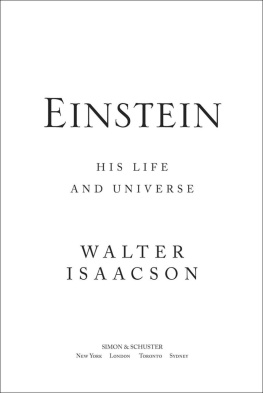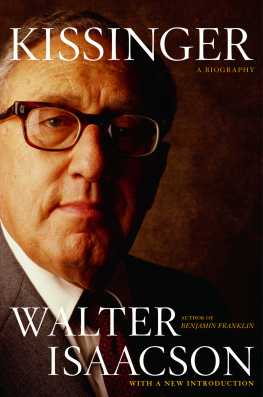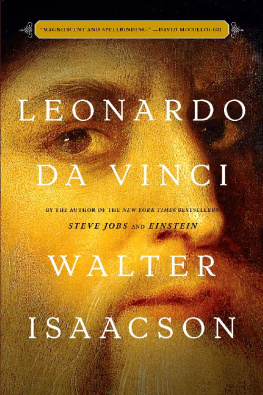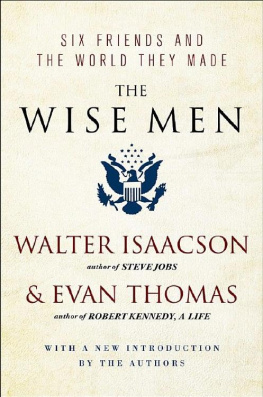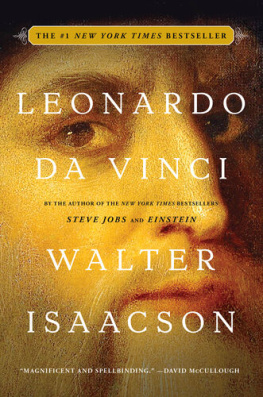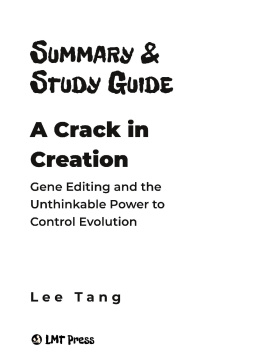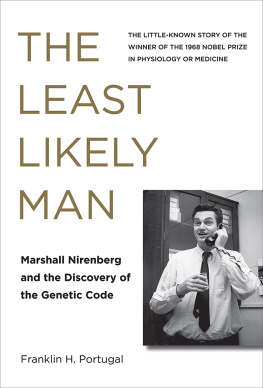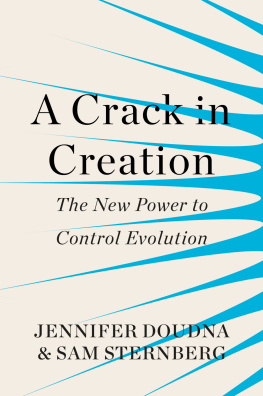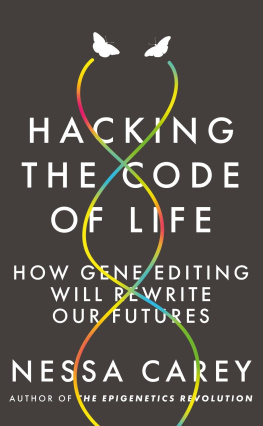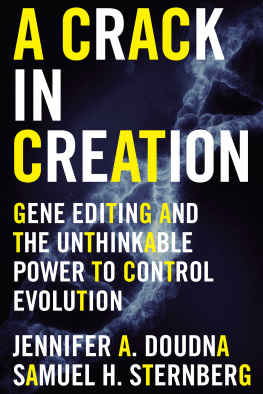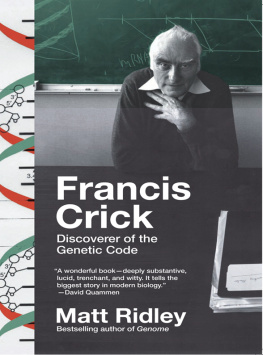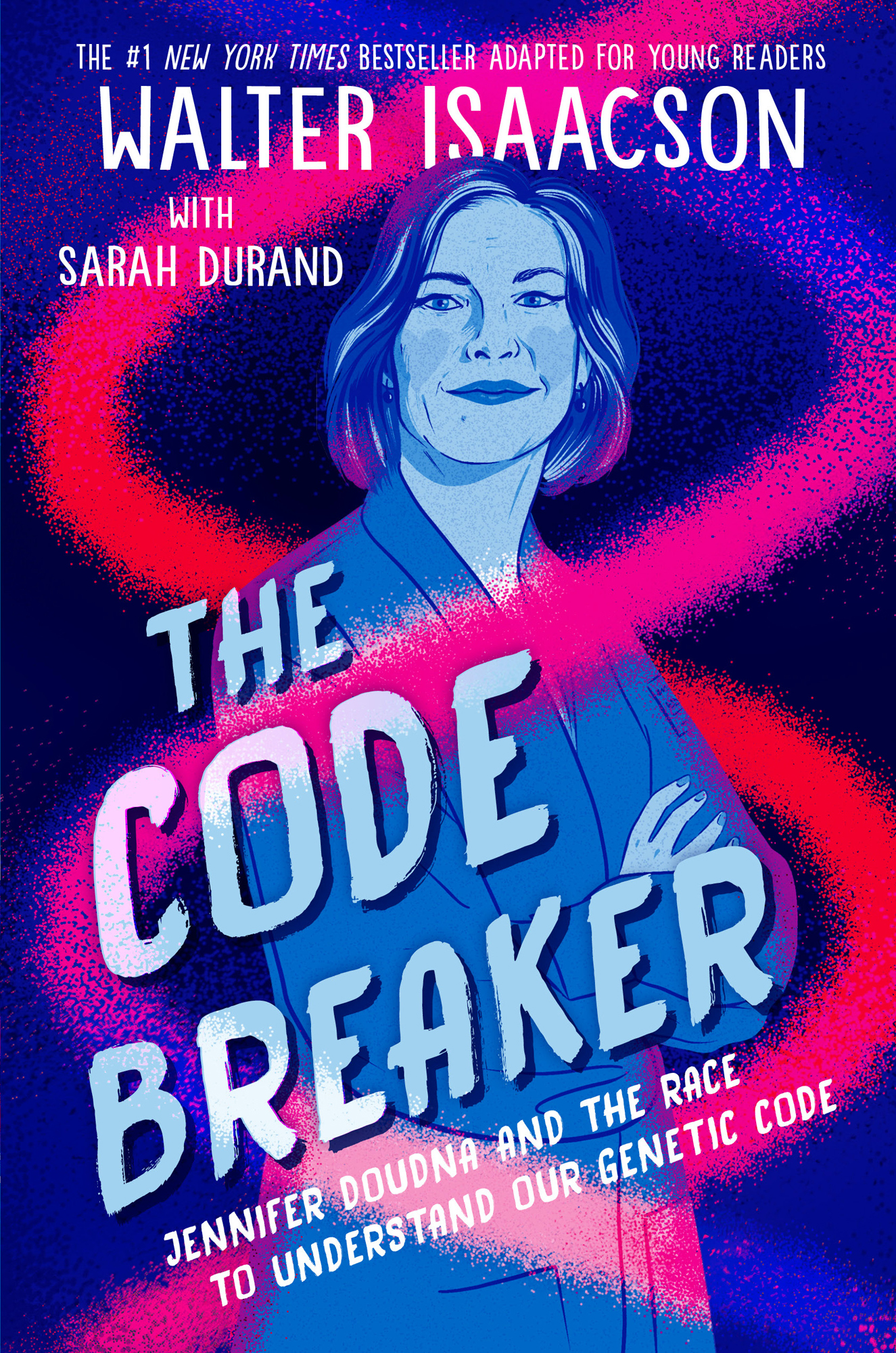Contents
Guide
The #1 New York Times bestseller adapted for Young Readers
Walter Isaacson with Sarah Durand
The Code Breaker
Jennifer Doudna and the Race to Understand Our Genetic Code
To the memory of Alice Mayhew and Carolyn Reidy.
What a joy it was to see them smile.
Introduction

I n July 2019, a doctor at a hospital in Nashville, Tennessee, inserted a large needle into the arm of a thirty-four-year-old Black woman from a small town in central Mississippi. Victoria Gray, a mother of four children, wasnt getting her yearly vaccination against the flu or donating blood to someone in need. She was becoming the first person in the United States to receive an infusion of cells that had been taken from her blood and altered using a revolutionary gene-editing technology called CRISPR-Cas9. These transformed cells were now being reinserted into her body in an attempt to cure her of the sickle cell disease that had given her debilitating pain since she was a baby.
Sickle cell anemia is a genetic condition caused when a single piece of a persons DNA (out of more than three billion pairs!) mutates. DNA is short for deoxyribonucleic acid, and its the molecule inside every organism that carries the genetic instructions for growth and development. When DNA mutates in a sickle-cell patient, it leads to a defect in the hemoglobin protein, the part of the blood that carries oxygen from our lungs to the rest of our bodies. A normal version of hemoglobin protein forms round and smooth blood cells that move easily through our arteries and veins. But the problematic hemoglobin protein caused by sickle cell anemia forms long fibers that cause the red blood cells to clump together and fold into the shape of a sickle, or a kind of hook. When this happens, oxygen does not get to a persons tissues and organs, and they experience severe pain.
About one hundred thousand sickle-cell patients live in the US, and they are mainly African Americans. Today, most of these people live past age fifty, but in the 1970s, life expectancy was less than twenty years old. The fact that Victoria Gray might live a long life was a relief to her family, but it didnt change the fact that suffering from a chronic illness could be agonizing.
Before her infusion, doctors had taken stem cellswhich are special cells your body makes before you are bornfrom Victoria Grays blood. Then they edited them using CRISPR technology to activate the production of a certain gene that would allow Victoria Grays blood cells to produce healthy hemoglobin that would heal the defective sickle cells. Hopefully, her body would soon contain enough working hemoglobin to make round, smooth cells outnumber the sickle cells.
When Victoria Gray was injected, her heart rate shot up, and for a while she had trouble breathing.
There was a little scary, tough moment for me, she said. After that, I cried. But it was happy tears.
Victoria Gray was optimistic, and so was her family. Maybe, just maybe, for the first time in her whole life, she wouldnt be in pain.
A few months after she was injected with her edited cells, Gray drove up to the Nashville hospital to see if the therapy was working. She was hopeful. Ever since shed gotten the edited cells, she hadnt needed any blood transfusions or experienced any sudden pain. Inside the hospital, a nurse drew multiple tubes of Victorias blood. Gray waited nervously, but then her doctor came in to give her the news.
I am super-excited about your results today, he said, adding that there were signs that she was starting to make healthy hemoglobin.
In fact, about half her blood contained hemoglobin that could heal her defective sickle cells!
In June 2020, Gray got some even more exciting news: the treatment seemed to be lasting. After nine months, she still had not suffered any sickle-cell pain attacks, nor did she need any further blood transfusions. Tests showed that 81 percent of her bone marrow cells were producing the good hemoglobin, meaning the gene edits were still working.
High school graduations, college graduations, weddings, grandkidsI thought I wouldnt see none of that, she said after getting the news. Now Ill be there to help my daughters pick out their wedding dresses.
Could this be an amazing milestone in human history? Could a special type of treatment, cooked up in a lab, help cure genetic diseases in humans? Is it possible that conditions such as blindness and sickle cell anemia that were once believed to be incurableeven fatalcan now be reversed? Maybe CRISPR will be able to cure certain types of cancer caused by rogue cells that reproduce and attack tissues, or maybe it will even stop a mysterious, deadly virus like the coronavirus. Is it possible that CRISPR will even help prevent illnesses by eliminating them from the genetic code? If we can change genes in a lab with CRISPR, can we use those improved genes to make humans smarter, stronger, faster, and more resistant to disease?
One of the greatest pioneers in modern science knows the answer to all those questions. The scientist at the forefront of this exciting new technology is Jennifer Doudna (pronounced DOWD-nuh), a woman whose groundbreaking discoveries in chemistry allowed her to win the Nobel Prize in Chemistryone of the most important awards in the worldin 2020. Her work illustrates that the key to innovation is connecting a curiosity about basic science to the practical work of creating tools that can be applied to our lives. As this book will show, scientists like Jennifer Doudna move discoveries from the inside of a lab to the inside of your home.
Doudnas life offers an up-close look at how science works. Her story helps answer: What actually happens in a lab? To what extent do discoveries depend on individual genius, and how has teamwork become more critical? And has the competition for individual prizes, money, and fame stopped people from working together for the common good?
Most of all, Doudnas story conveys the importance of basic science, meaning quests that are curiosity-driven rather than geared toward immediate, practical results. Curiosity-driven research plants the seedssometimes in unpredictable waysfor later discoveries. For example, a few scientists decided to research basic physics simply because it excited them, and their discoveries eventually led to the invention of the microchip. Similarly, the findings of a handful of researchers who took an interest in an astonishing method that bacteria use to fight off viruses helped generate a revolutionary gene-editing tool that humans now use in their own struggle against viruses.
Jennifer Doudna is the perfect example of that brand of curiosity. Hers is a tale filled with the biggest of questions, from the origins of the universe to the future of the human race. Yet it begins with a sixth-grade girl who loved searching for sleeping grass and other fascinating phenomena amid the lava rocks of Hawaii, and who came home from school one day to find on her bed a detective tale about the people who discovered what they believed to be the secret of life.
PART ONE The Origins of Life



